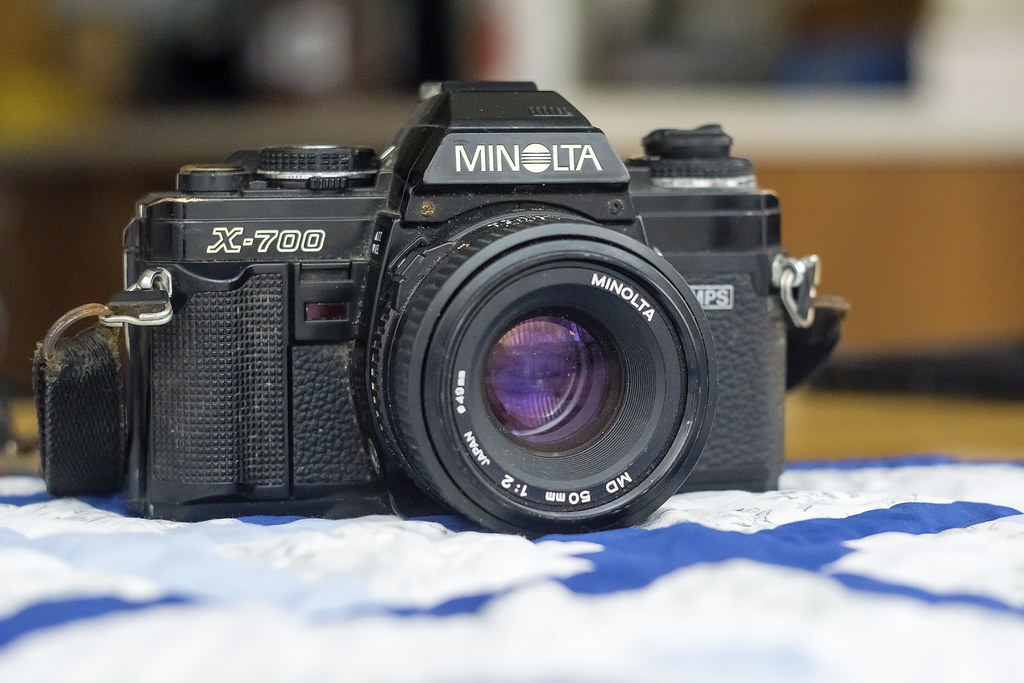The Minolta X-700 was a game changer for Minolta it introduced to their shooters a camera that had a full program auto-exposure mode as well as semi-auto (aperture priority) mode and manual all in a lightweight body backed by some great optics. It also introduced a whole host of cousins in the X line of Minolta cameras. Actually my second Minolta SLR was an X-7a basically the same as the X700 but lacked the program mode. This is a great camera for a beginner photographer as it gives them a chance to experience every mode that is generally used and these cameras can be pretty cheap on the used market.
Camera Specifications
Manufacturer: Minolta
Model: X-700
Type: Single Lens Reflex
Format: 135 (35mm), 36x24mm
Lens: Interchangeable, SR-Mount (MD)
Shutter: Horizontal-Travel, Cloth Focal Plane Shutter, 1/1000s – 4″ + Bulb
Meter: 2x SPD Cells, Centre-Weighted TTL and Film Plane Metering, EV1 ~ EV18 @ ASA-100, ASA-25 – ASA-1600
Dimensions (WxHxD): 51.5x89x137mm
Weight: 505g (w/o lens or batteries)
Power Source: 2x LR44 1.5V batteries
Year of Manufacture: 1981-1999
Background
Minolta’s corporate history started in 1929, initially producing cameras in Japan using German lenses and shutters. Based solely on either roll film or plate formats, the name “Minolta” was used as a trade name for cameras starting in 1933 or 1934, depending on who you ask. The use of 35mm film began after the Second World War. SLRs started to be produced in 1958, with the SR-2 being the first camera using the SR-Mount for lenses. The SR-7, released in 1962, featured a body-mounted CdS coupled exposure meter. Four years later, an open aperture TTL meter-equipped SLR, the SR-T 101, hit the market.

The 1970s brought some exciting changes to Minolta, notably the technology-sharing agreement with Copal and Leitz to coordinate and share camera and optics technology for the betterment of all three. The agreement brought about the X-Series of cameras. While Minolta had been working on the X-1 in the previous decade, it wasn’t until 1973 that the X-1 first hit the market. The X-1 was rapidly followed by several SLRs built using shared technology. The first was the XE, known as the XE-7 in North America. It featured Minolta’s first integrated auto-exposure system using the SR-Mount, allowing photographers to set the aperture, and the camera would select the shutter speed or Aperture Priority metering. The XD followed the XE a few years later, introducing aperture and shutter priority auto-exposure modes. This shift was again thanks to the collaboration between Minolta and Leitz and allowing a modification to the lenses that allowed the camera to control the aperture; this update to the SR-Mount saw the lenses labelled with the term “MD”. The same year that the XD hit the markets, Minolta also released a line of budget-friendly, consumer-oriented SLRs, the XG-Series, which in the earliest models had both Aperture priority and un-metered manual.

By this point in history, things were getting more automated; advances in semiconductor and CPU chip technology allowed for the introduction of cameras and a lot more electronic control. The introduction of the Canon AE-1 in 1976 brought the idea of a consumer camera with a computer inside it to the public eye. Minolta, not wanting to be outdone, would take the concept and run, but they didn’t want to settle for a semi-automatic camera; they wanted a camera that could do full auto-exposure without changing out the lens mount or radically altering the SR-Mount with the MD update. In 1981, Minolta released the new Rising Sun logo and the X-700. Positioned between the XD and the XG camera series, the X-700 took full advantage of the MD-Mount and CPU controls and featured full program auto-exposure. Interestingly, Canon released the AE-1 Program, which also features full auto-exposure, the same year; I’m still determining which camera came out first. The X-700 included aperture priority and a metered manual, all in a sleek black case. It should also be noted that Minolta never intended the X-700 to replace the XD but rather to fill a gap for those who wanted an affordable camera with auto-exposure. The X-700 proved to be an instant success, with the camera being produced well into the autofocus age and production ending in 1999.
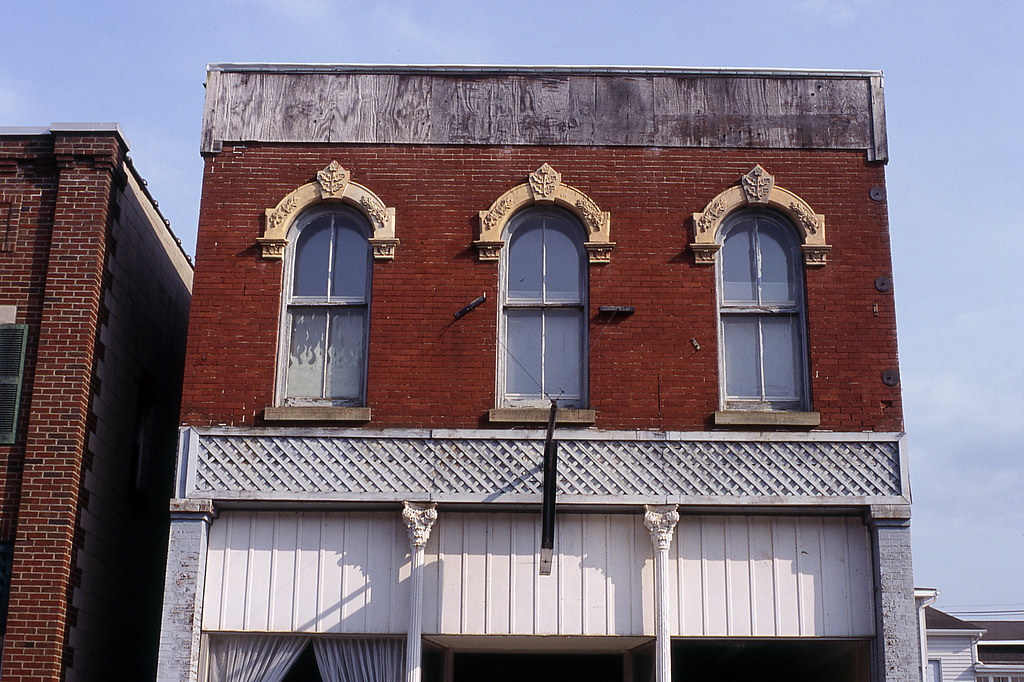
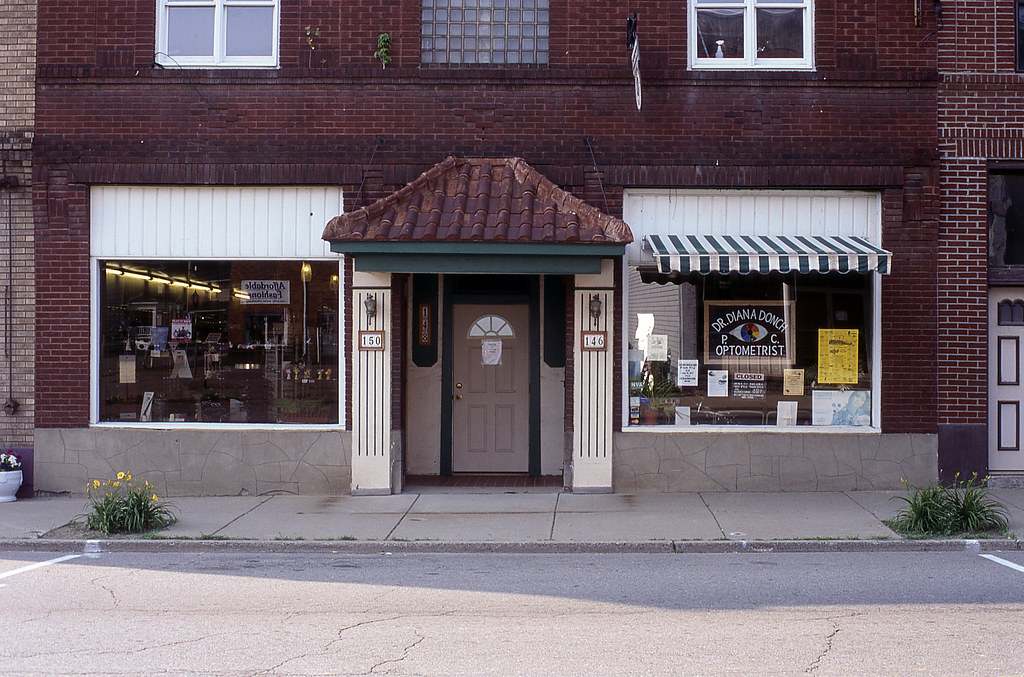
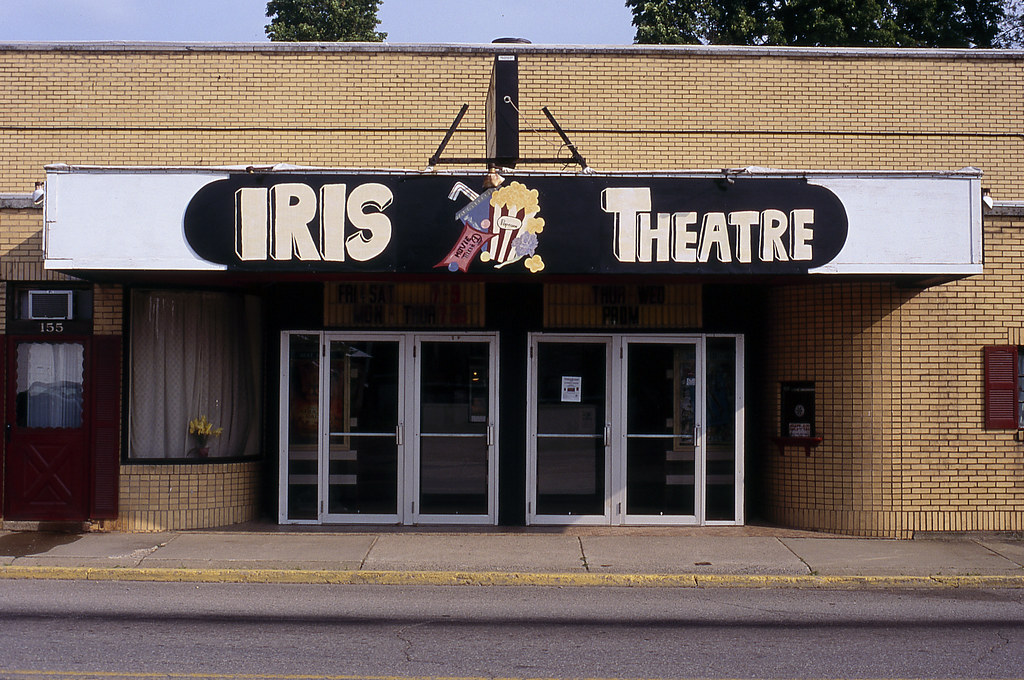

Impressions
The first thing you’ll notice about the X-700 is that it is clearly of the X-Series linage. The camera’s form factor is about the same size as the premium model XD(11), with a similar prism head. You’ll be forgiven if you think the camera is made entirely of plastic, and while there is some plastic in the build, it is not as much as you feel. The all-black design is sleek, and the top plate is brass, as is the bottom. There is a two-tone version of the X-700, but these are rare and part of a limited edition release. There is metal in the body construction with a checked-plastic ‘action grip’ on the one side. The camera is comfortable to hand, but if you have larger hands, you can get a bit of slipping at the bottom. Thankfully, the Minolta Motor Drive 1 adds an excellent chunky grip onto the side and a bit of weight, but it is all right. The drive makes the camera look good; I used one with my X-7a, and much preferred the extra grip. The overall design is clean; the main dial is easily operated without removing your eye from the viewfinder when operating in aperture and metered manual modes. The advance is smooth and short, allowing for quick advances without moving the camera away from the eye. The viewfinder is decent; the LED display works well with a matching system for the metered manual. Also, it will display the selected shutter speed in the automatic modes, and an optical window will show the chosen aperture. I’ve had a couple of copies of the X-700, my last copy, the one pictured, proved to be the roughest of the bunch, and while it was physically ugly, it did work (for a short while).




Experience
The X-700 is an interesting camera; if you’re used to working with full auto-exposure and aperture priority, then the X-700 is undoubtedly the camera that will tickle your fancy. The camera is easy to use from the box; you can install the batteries, mount the lens, and load the film. The viewfinder has an excellent split prism, so focusing is easy, and the LED lights work well for low-light shooting. Even in bright light, the lights are clear and easy to see. I’ve never had any issues with the metering on Minolta cameras; the dual metering cells always pulled out the correct exposure in all three modes. The best part about the camera is the auto-exposure system; you can see in many of these images that the metering is dead accurate with multiple film stocks, both B&W and colour. It also works well in weird situations such as abandoned buildings and mixed/low light situations. As I mentioned earlier, the X-700 in this review is one of many I have passed through my collection. Most of them have worked perfectly and were passed along to other photographers, but the camera does have a major weakness. The earliest models featured a specific type of tantalum capacitors, which were both extraordinarily durable and costly. The later models replaced these expensive capacitors with cheaper electrolytic capacitors; the results were that today, these cheaper units are more likely to fail if they haven’t already. Sadly, the last X-700 I had ended up in this boat, and I had to manually meter and shoot for the rest of the roll. Thankfully, while the camera’s shutter depends on power, you can still operate the camera in manual mode when you have failed capacitors.

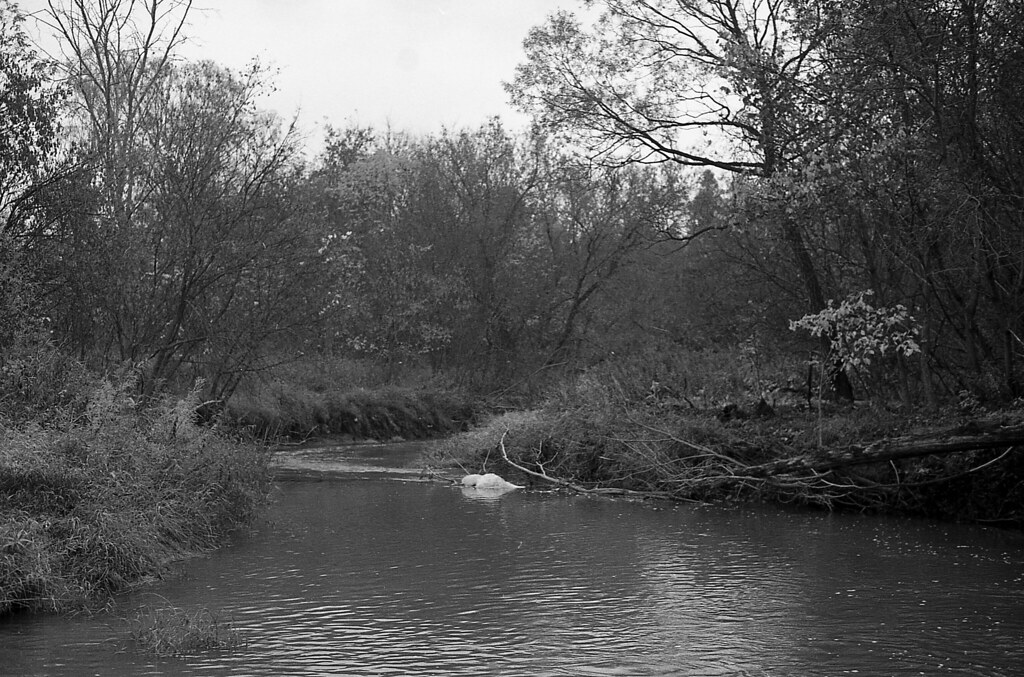
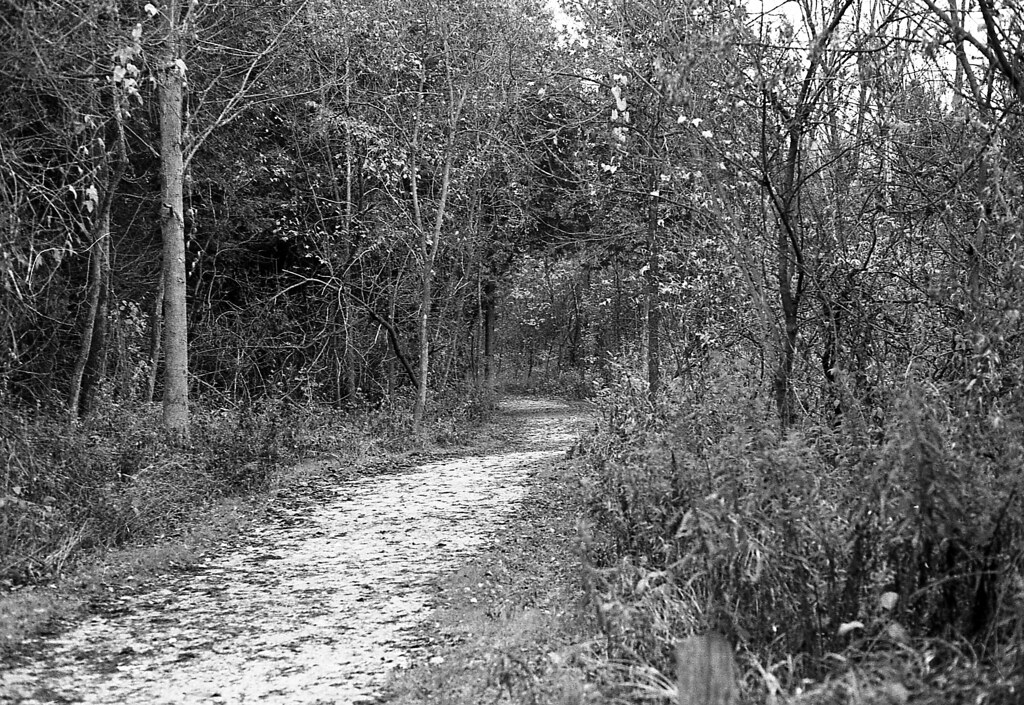

Optics
If there is one thing that the X-700 has going for it, it is access to some fine lenses. Many of the lenses of this era are based partly or wholly on Leitz lens designs, and many can be had for a fair price on the used market. Like all the other Minolta SLRs before introducing the A-Mount, the X-700 features the SR-Mount. Now, like the Nikon F-Mount, the SR-Mount had already undergone a couple of modifications by this point in history. It would be best to stick to lenses that are marked MC at the latest and designed to work with open aperture TTL metering, first introduced in 1966 with the SR-T line of cameras. These lenses will mount, meter and work perfectly, but you will be stuck with either metered-manual or aperture priority. If you want full auto-exposure, you must use lenses marked MD, which were first introduced with the XD. These lenses would allow the camera to set the aperture and shutter speeds based on the metered exposure. While the earlier MD lenses retained the Rokkor branding, by 1981, this was dropped. If you’re looking to build up a set of lenses for your X-700 from scratch, you can still get some bargains today, and it would be best to stick with MD lenses. Starting at the wide end, the MD 28mm f/3.5; there’s nothing wrong with a f/3.5 lens, especially with wide-angle options. Next in line, everyone needs to have an MD Rokkor 45mm f/2; this pancake lens quickly became a fast favourite of mine after I got a copy; dirt cheap, low profile and has excellent optics. If the 45mm option doesn’t interest you, there is the 35mm f/2.8, which surprisingly can be had for under 100$ these days. For your 50mm, the f/2 version is an excellent performer, but there is also the f/1.7, which is still an excellent lens that’s a little faster, and both are relatively affordable. For the portrait/short-telephoto, I always had good luck with the 135mm f/2.8 lens. I never used it too often, but it was good to have. Some excellent zoom lens options exist, but I never used zoom lenses on my manual focus Minolta cameras other than third-party options early on.




The Lowdown
As I mentioned earlier, the biggest weakness of the X-700 is the late model versions with the electrolytic capacitors; sadly, there is no way to tell which version you have based on anything external to the camera. To check, you need to remove the bottom plate near the connector for the power winder/motor drive when the plate is off; if you see a blue component, you have the tantalum capacitor, and your X-700 will still be functioning, baring any other significant issues. Anything other than that, you’re in for a lousy time eventually. Although, if you know someone who can source a spare resistor, it can be fixed. I recommend trying to do it yourself if you have experience in this area. While there are outliers in the price range on the used market, you can get an X-700 and at least one lens for under 200$, with most going for between 90 and 150$. There are outliers; some rare versions, like the two-tone copy, will go for upwards of 300-400$. But in the case of the X-700, I recommend buying from a trusted source that tests the cameras. Thankfully, the lenses are inexpensive, so even if you get one lens, you can add on extras. By the time I reviewed the X-700, it was already feeling redundant in my collection, having been replaced by more automatic cameras, and I was deep into the Nikon system. I had the foresight to keep my lenses so that when I got an XG-M and an XE-7, I already had the optics. But if you want a camerawiths a unique place in photographic history or something to play around with, then the X-700 is an excellent choice.
Further Reading
Don’t just take my word on the X-700; you can check out the reviews by other awesome camera reviewers!
Mike Eckman – Minolta X-700 Review
Camera Go Camera – Minolta X-700 Review
Casual Photophile – Minolta X-700 Camera Review
Ken Rockwell – Minolta X-700 Review
Lomography – Minolta X-700: My Favourite Camera
The Analogue Experience – My Experience: A Minolta X-700 Review
Will Wander Photography – Gear Review 7: Minolta X-700, 40 Years Later
Dusty Grain – Minolta X-700 Review: The camera for professionals and beginners
